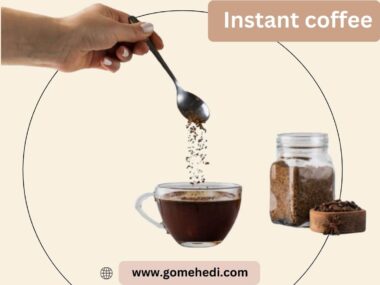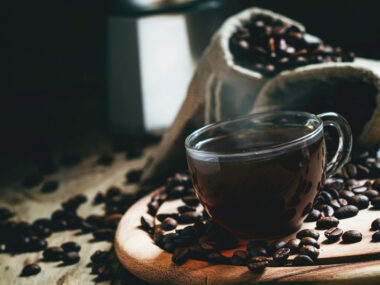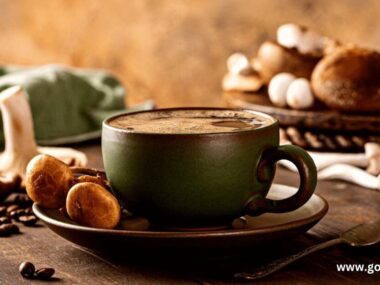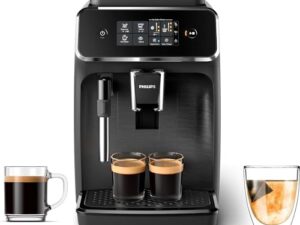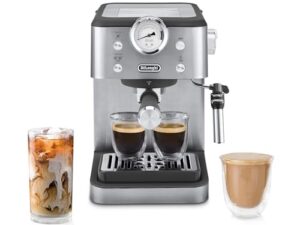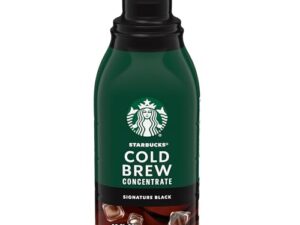Imagine waking up to the invigorating aroma of freshly brewed coffee. Now, picture hosting a gathering, where everyone can enjoy that same delightful experience.
The key to success? Getting the coffee-to-water ratio just right. If you’ve ever asked yourself, “How much coffee for 30 cups of water? ” You’re not alone. You want your coffee to be perfect—neither too strong nor too weak. With the right proportions, you can create a brew that delights every taste bud.
Curious about the secret formula? Stick around, and discover how to master this art with ease. Your coffee game is about to level up!
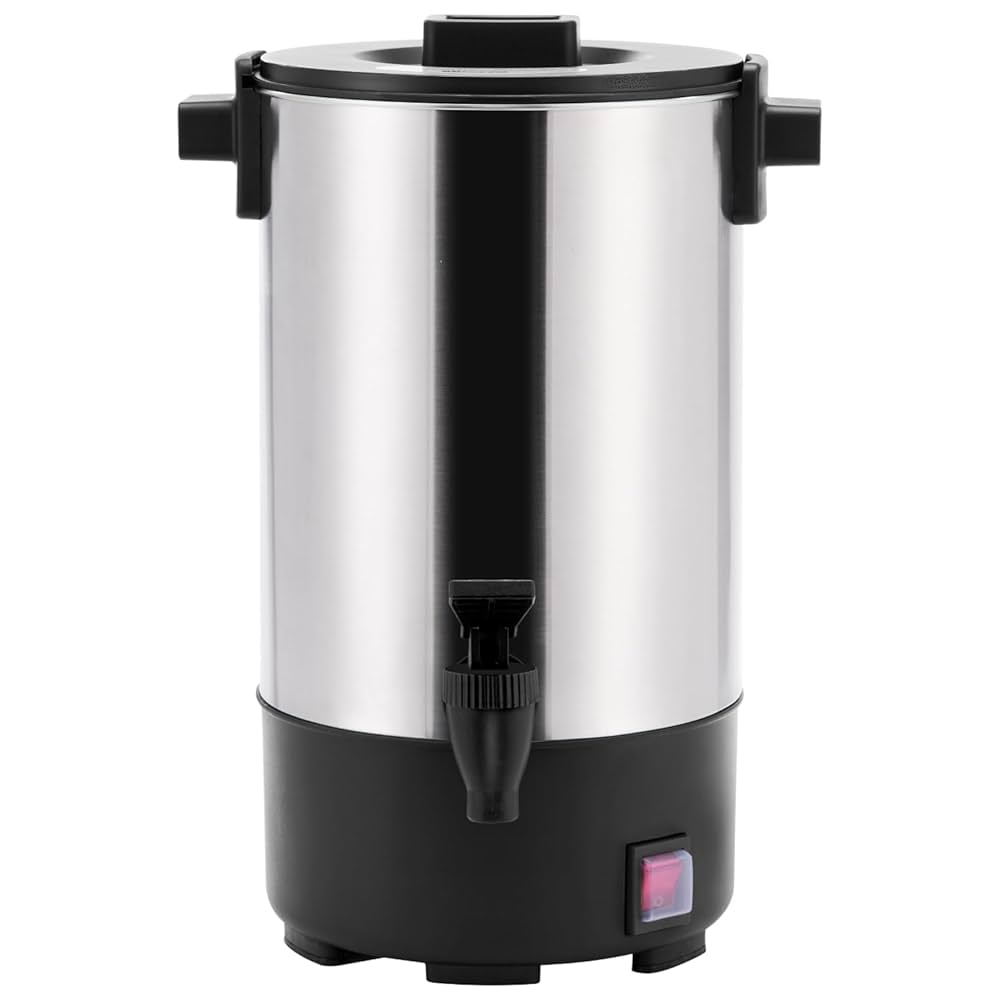
Credit: www.amazon.com
Coffee-to-water Ratio
Brewing coffee for 30 cups of water requires precision. Use about 3. 75 cups of ground coffee for optimal flavor. This ratio ensures a balanced taste, satisfying every coffee lover’s palate.
Understanding the perfect coffee-to-water ratio can transform your morning cup into a delightful experience. It’s not just about mixing coffee and water; it’s about finding that sweet spot where flavor, aroma, and strength blend perfectly. A well-balanced ratio ensures that every sip is as enjoyable as the last, whether you’re brewing for yourself or a crowd.Understanding Ratios
Ratios are the backbone of brewing coffee. They determine how much water you need for a given amount of coffee. A typical starting point is a 1:15 ratio, meaning one part coffee to fifteen parts water. This ratio provides a balanced flavor, but remember, personal preferences play a huge role. If you’re making 30 cups of coffee, it can be helpful to do some quick math. Suppose each cup is 8 ounces, you’ll have 240 ounces of water. With a 1:15 ratio, you’d need about 16 ounces of coffee grounds.General Guidelines
Here are some general guidelines to keep your coffee flavorful: – Consistency is key: Use the same type of coffee and brewing method to maintain a consistent taste. – Quality matters: Invest in quality beans for a richer flavor. – Adjust to taste: Feel free to tweak the ratio slightly. You might prefer a stronger or milder taste, and that’s okay. If you’re like me, you might have learned the hard way by brewing a weak pot that tasted more like tinted water. But once you get the hang of it, you can avoid these mishaps. Have you ever wondered why some coffee tastes flat and others rich and full-bodied? It often comes down to the ratio and quality of ingredients. Take note of how your coffee tastes and adjust the ratio to suit your palate. What ratio do you prefer for your perfect cup?
Credit: westbend.com
Choosing Coffee Beans
Choosing the right coffee beans is an essential step in making the perfect brew for 30 cups of water. It’s not just about quantity; the quality of your coffee beans significantly impacts the taste and aroma of your coffee. Imagine waking up to a cup of coffee that feels like a warm hug. Sounds delightful, right? Let’s dive into some key considerations that will guide you to make the best choice for your coffee beans.
Types Of Beans
Coffee beans come in various types, each offering a unique flavor profile. Arabica beans are popular for their mild and nuanced flavors. They’re often the choice for those who enjoy a more refined taste.
Robusta beans, on the other hand, are known for their strong and bold characteristics. They contain more caffeine, which can provide that extra kick you might need during your busy mornings.
Have you ever tried blending different beans? Mixing Arabica and Robusta can create a balanced cup that satisfies both your taste and caffeine needs.
Freshness Matters
Freshness is a game-changer in coffee brewing. Beans that have been sitting on the shelf for months lose their aroma and flavor. It’s similar to bread—fresh is always better.
Look for coffee beans with a roast date on the packaging. The fresher the roast, the more vibrant your coffee will taste. If you can’t find the roast date, ask yourself: how much do you trust the brand?
Consider storing your beans in an airtight container to preserve their freshness. This simple step can make a noticeable difference in your coffee experience.
By choosing the right type and ensuring freshness, you’re setting yourself up for a delightful coffee experience. What type of coffee bean do you think would suit your taste buds best?
Grinding Coffee
Grinding coffee beans is crucial for brewing the perfect cup. It affects the taste, aroma, and strength of your coffee. To make 30 cups, understanding grind size and equipment is essential.
Grind Size Importance
Grind size impacts how coffee interacts with water. Coarse grinds are ideal for slower brewing methods. Fine grinds suit quick brews like espresso. Choose the right grind to match your brewing method. It ensures balanced extraction and flavor.
Equipment Options
Different tools offer varied grinding results. Burr grinders give consistent particle size, enhancing taste. Blade grinders are more affordable but less precise. Hand grinders are portable and perfect for small batches. Select equipment that fits your needs and budget. Proper grinding sets the stage for delicious coffee.
Brewing Methods
Coffee lovers know that the brewing method can significantly influence the flavor and aroma of your coffee. When you’re tasked with making 30 cups of coffee, understanding different brewing methods can help you achieve the perfect taste. Each method has its unique characteristics and requires specific amounts of coffee grounds and water. Let’s dive into how you can utilize different techniques to brew coffee for 30 cups of water.
Drip Coffee Maker
Using a drip coffee maker is straightforward and efficient, especially for large quantities. Typically, you’ll need around 1 to 2 tablespoons of coffee per cup of water. For 30 cups, this means using 30 to 60 tablespoons of coffee.
A personal tip: start with the lower end if you’re unsure, as you can always adjust for strength after brewing. The drip method allows you to maintain a consistent flavor profile, ensuring each cup tastes just right.
French Press Technique
The French Press is known for its rich and full-bodied flavor. You’ll need roughly a tablespoon of coffee per cup, but you might opt for a bit more if you prefer stronger coffee. For 30 cups, aim for 30 to 45 tablespoons of coffee.
Remember, the French Press requires steeping, so you’ll need to allocate some extra time. Have you ever tried experimenting with the steeping time? It’s fascinating how just a minute can change the taste profile!
Percolator Method
The percolator is an old-school favorite that is perfect for brewing large quantities. Use about 1 tablespoon of coffee per cup of water. For 30 cups, stick to 30 tablespoons of coffee.
One insight from my grandmother: percolators can produce a more robust flavor, so if you prefer a milder taste, consider using slightly less coffee. Have you considered how the brewing time affects the strength? With a percolator, timing is key!
Experimenting with different brewing methods not only helps you master the art of coffee making but also elevates your coffee game. Which method will you choose for your next coffee gathering?
Temperature Control
Controlling the temperature is crucial for brewing coffee. It affects the flavor and aroma of your brew. Too hot or too cold can ruin your coffee experience. Understanding the right temperature can lead to a perfect cup every time. Let’s dive into the ideal brewing temperature and its effects on flavor.
Ideal Brewing Temperature
The ideal temperature for brewing coffee is between 195°F and 205°F. This range extracts the best flavors from the coffee grounds. Water too hot can cause bitterness. Too cold, and the coffee tastes weak. Use a thermometer for precision. It ensures the water stays within the ideal range.
Effects On Flavor
Temperature directly impacts the coffee’s flavor profile. Brewing at the right temperature enhances the coffee’s natural flavors. It brings out the sweetness and aroma. High temperatures can cause over-extraction. This leads to a bitter and unpleasant taste. On the other hand, low temperatures result in under-extraction. This leaves the coffee tasting flat and sour.
Adjusting For Taste
Coffee lovers often adjust their brew to match their taste preferences. Brewing coffee for 30 cups of water can vary. Some prefer a strong, bold taste. Others lean towards a milder brew. Adjusting the coffee-to-water ratio helps achieve the perfect flavor. Experimenting and tweaking can lead to a delightful cup every time.
Experimenting With Ratios
Start by understanding your taste. A common ratio is 2 tablespoons of coffee per cup. For 30 cups, that means 60 tablespoons. Some might find this too strong. Reduce to 1.5 tablespoons per cup for a milder taste. Keep notes on each brew. Adjusting slowly helps pinpoint your ideal flavor.
Try different coffee types. Arabica and Robusta offer distinct tastes. Experimenting with grind size impacts flavor too. A finer grind extracts more flavor. A coarser grind may result in a lighter taste. Adjusting the grind can be just as crucial as the coffee amount.
Flavor Enhancements
Beyond the coffee-to-water ratio, consider enhancing flavors. Add a pinch of salt to reduce bitterness. Cinnamon or nutmeg can add warmth to the brew. Vanilla extract offers a sweet aroma. These enhancements can elevate your coffee experience.
Milk and cream can soften strong coffee. Try almond or soy milk for a nutty twist. Sugar or honey adds sweetness. Experiment with flavored syrups like hazelnut or caramel. These additions can transform your cup into a treat.
Every adjustment plays a role. Taste preferences evolve over time. Keep experimenting. Discovering the perfect blend makes the coffee experience rewarding.
Serving Suggestions
Preparing coffee for a crowd involves more than just measurements. It’s about creating an inviting experience. Coffee for 30 cups of water requires attention to detail. This ensures everyone enjoys a delightful cup.
Serving coffee can be an art. It’s about pairing flavors and presenting them right. These suggestions will help create a memorable coffee experience.
Pairing With Snacks
Snacks add magic to coffee moments. Consider light, crunchy options like biscotti. These complement the coffee’s rich flavor. Chocolate chip cookies are another favorite. Their sweetness balances coffee’s bold taste.
Offer fresh fruit for a refreshing bite. Apples and berries pair well. They add a burst of flavor. Nuts are also a great choice. Almonds and walnuts provide a satisfying crunch.
Presentation Tips
Presentation enhances the coffee experience. Use elegant cups and saucers. This adds a touch of sophistication. Arrange snacks attractively. Use small plates and napkins for each guest.
Consider using a coffee carafe. It keeps coffee hot and looks stylish. Add a centerpiece to your table. Flowers or candles create a warm atmosphere. Ensure the setup is neat and inviting.
These tips make serving coffee an enjoyable event. Guests will appreciate the effort and thoughtfulness.
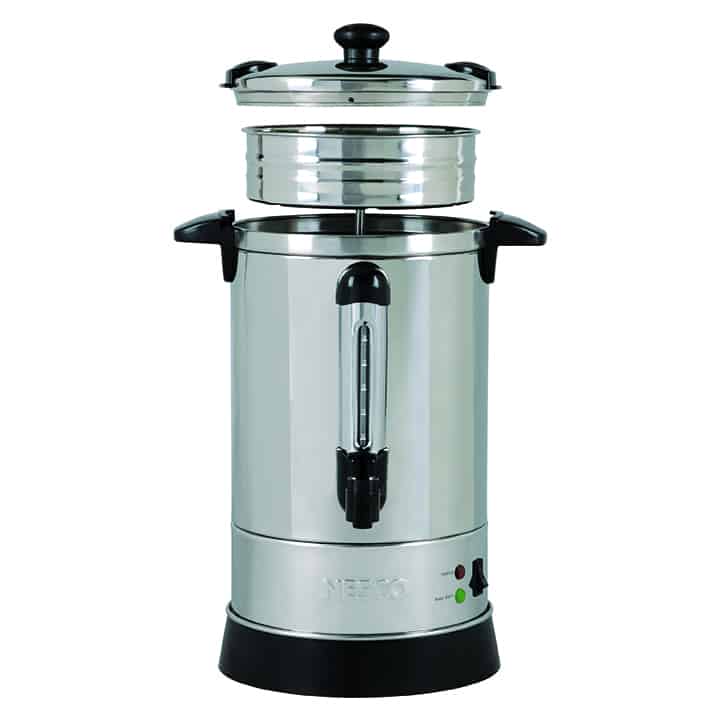
Credit: www.nesco.com
Frequently Asked Questions
How Much Coffee Do I Use For 30 Cups?
Use 2 tablespoons of coffee per 6-ounce cup. For 30 cups, you’ll need about 60 tablespoons of coffee. Adjust to taste.
How Much Folgers Coffee For 30 Cups In Cups?
Use 3 3/4 cups of Folgers coffee for 30 cups. Adjust to taste preferences. Measure accurately for best results.
How Much Coffee For 32 Cups Of Water?
Use approximately 2 cups of ground coffee for 32 cups of water. This ratio ensures a balanced flavor. Adjust the amount slightly based on personal preference for stronger or milder coffee. Always use fresh coffee beans for the best taste.
How Many Scoops Of Coffee For 30 Ounces Of Water?
Use 5 to 6 scoops of coffee for 30 ounces of water. This ratio ensures a balanced and flavorful brew. Adjust according to taste preference. For a stronger coffee, add more scoops; for a milder flavor, use fewer. Always start with fresh, quality coffee beans for the best results.
Conclusion
Finding the right coffee-to-water ratio can enhance your coffee experience. Aim for a balanced mix to suit your taste. Experiment with different amounts to find your perfect brew. A good starting point is 1 to 2 tablespoons of coffee per cup.
Adjust based on strength preference. Remember, fresh coffee beans make a difference. Grinding your own beans can improve flavor. Keep your coffee equipment clean for best results. Enjoy the process and the rich aroma. Happy brewing!

